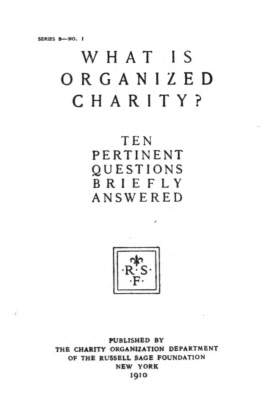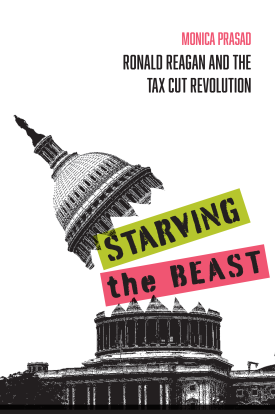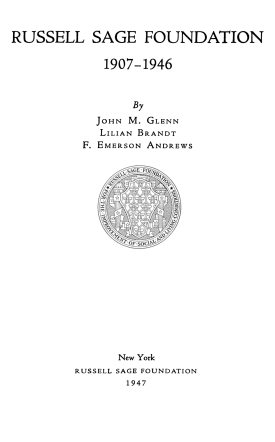Winner of the 2019 Viviana Zelizer Best Book Award from the Section of Economic Sociology of the American Sociological Association
“Monica Prasad begins with an unabashedly favorable view of European welfare states yet gives validity to conservative concerns over taxing production rather than consumption. Readers from all political suasions shouldn’t be deterred by whether they agree with theses like these. By reading Starving the Beast, they will garner much better understanding of the history, events, and forces surrounding the conversion of the Republican party to being the Santa Claus of tax cutting.”
—Eugene Steuerle, Institute Fellow and Richard B. Fisher Chair, The Urban Institute
“Republican commitment to tax cuts is one of most consequential and problematic features of modern American politics. Monica Prasad's fascinating book, Starving the Beast, offers a compelling new explanation of how this came to be.”
—Lane Kenworthy, professor of sociology and Yankelovich Chair in Social Thought University of California, San Diego
Since the Reagan Revolution of the early 1980s, Republicans have consistently championed tax cuts for individuals and businesses, regardless of whether the economy is booming or in recession or whether the federal budget is in surplus or deficit. In Starving the Beast, sociologist Monica Prasad uncovers the origins of the GOP’s relentless focus on tax cuts and shows how this is a uniquely American phenomenon.
Drawing on never-before seen archival documents, Prasad traces the history of the 1981 tax cut—the famous “supply side” tax cut, which became the cornerstone for the next several decades of Republican domestic economic policy. She demonstrates that the main impetus behind this tax cut was not business group pressure, racial animus, or a belief that tax cuts would pay for themselves.
Rather, the tax cut emerged because in America--unlike in the rest of the advanced industrial world—progressive policies are not embedded within a larger political economy that is favorable to business. Since the end of World War II, many European nations have combined strong social protections with policies to stimulate economic growth such as lower taxes on capital and less regulation on businesses than in the United State. Meanwhile, the United States emerged from World War II with high taxes on capital and some of the strongest regulations on business in the advanced industrial world. This adversarial political economy could not survive the economic crisis of the 1970s.
Starving the Beast suggests that taking inspiration from the European model of progressive policies embedded in market-promoting political economy could serve to build an American economy that works better for all.
MONICA PRASAD is professor of sociology and faculty fellow in the Institute for Policy Research at Northwestern University.



